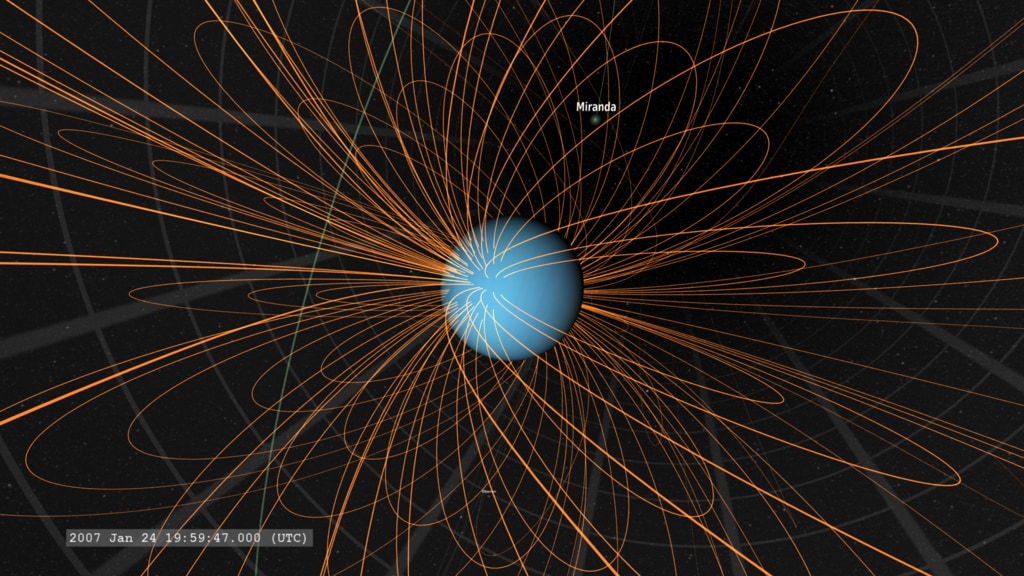Astrophysics

Black hole
A black hole is a region of spacetime where gravity is so intense that nothing—not even light—can escape. Predicted by general relativity and supported by extensive observations, black holes span a wide range of masses from stellar remnants to supermassive objects at galactic centers. Direct imaging, stellar dynamics, X-ray observations, and gravitational-wave detections provide multiple, independent lines of evidence for their existence.

Cosmic microwave background
The cosmic microwave background (CMB) is the near-uniform relic radiation from the hot early universe, now observed as a 2.7 K blackbody glow permeating all directions. Tiny temperature and polarization anisotropies in the CMB encode precise information about the universe’s contents, geometry, and early physics, measured most notably by the COBE, WMAP, and Planck space missions.

Dark energy
Dark energy is the dominant component of the universe’s energy budget and the driver of its accelerated expansion, inferred from astronomical observations in the late 1990s. In the standard ΛCDM cosmological model it contributes roughly 68–70% of the total cosmic energy density and behaves like a component with negative pressure, closely approximated by a cosmological constant with equation-of-state parameter w ≈ −1. Despite extensive observational constraints, its physical nature remains unknown.

Dark Matter
Dark matter is a form of matter that does not interact with electromagnetic radiation, making it invisible to current detection methods. Its existence is inferred from gravitational effects on visible matter, such as the rotational speeds of galaxies and gravitational lensing.

General relativity
General relativity is a 1915 theory of gravitation developed by Albert Einstein that models gravity as the curvature of spacetime produced by energy and momentum. It underpins modern astrophysics and cosmology, predicting phenomena such as black holes, gravitational waves, gravitational lensing, and the expansion of the universe, and has been repeatedly confirmed by high-precision experiments and observations.

Interstellar medium
The interstellar medium (ISM) is the gas, dust, magnetic fields, radiation, and cosmic rays that occupy the space between stars within a galaxy. In the Milky Way it exhibits multiple thermally and dynamically distinct phases spanning densities from less than 10⁻³ to more than 10⁶ particles per cm³ and temperatures from about 10 to over 10⁶ K. Its composition, structure, and energy balance regulate star formation and connect stellar feedback to galactic evolution.

LIGO
The Laser Interferometer Gravitational-Wave Observatory (LIGO) is a U.S.-based, National Science Foundation–funded facility that detects gravitational waves using kilometer-scale laser interferometers operated by Caltech and MIT. LIGO made the first direct detection of gravitational waves on September 14, 2015, inaugurating gravitational-wave astronomy and contributing to discoveries such as the multi-messenger observation of a binary neutron star merger in 2017.

Magnetosphere
A magnetosphere is the region of space around an astronomical body where its magnetic field dominates the motion of charged particles. Shaped by interaction with ambient plasma such as the solar wind, magnetospheres include distinct boundaries and current systems, regulate the entry of energy and particles, and play a central role in space weather and atmospheric evolution.

Milky Way
The Milky Way is a barred spiral galaxy that contains the Solar System and an estimated hundreds of billions of stars. Spanning roughly 100,000 light-years across its stellar disk, it includes a central bar, multiple spiral features, a diffuse stellar halo, and an extended dark matter halo. The galaxy’s center hosts the supermassive black hole Sagittarius A*, and its broader environment is part of the Local Group of galaxies.

Quasar
A quasar is an extremely luminous active galactic nucleus powered by a supermassive black hole, emitting energy across the electromagnetic spectrum and often outshining its host galaxy.

Supernova
A supernova is a stellar explosion that briefly rivals the brightness of an entire galaxy, dispersing heavy elements and often leaving behind a compact remnant. Astronomers distinguish thermonuclear Type Ia supernovae, which explode from white dwarfs in binary systems, from massive-star core‑collapse events (Types II, Ib, and Ic). Supernovae are central to nucleosynthesis, cosmic‑ray acceleration, and cosmology.

White dwarf
A white dwarf is a compact stellar remnant about the size of Earth but with a mass comparable to the Sun, composed of electron‑degenerate matter. Supported by quantum pressure rather than fusion, white dwarfs mark the final evolutionary stage of most stars and cool over billions of years after shedding outer layers as planetary nebulae.